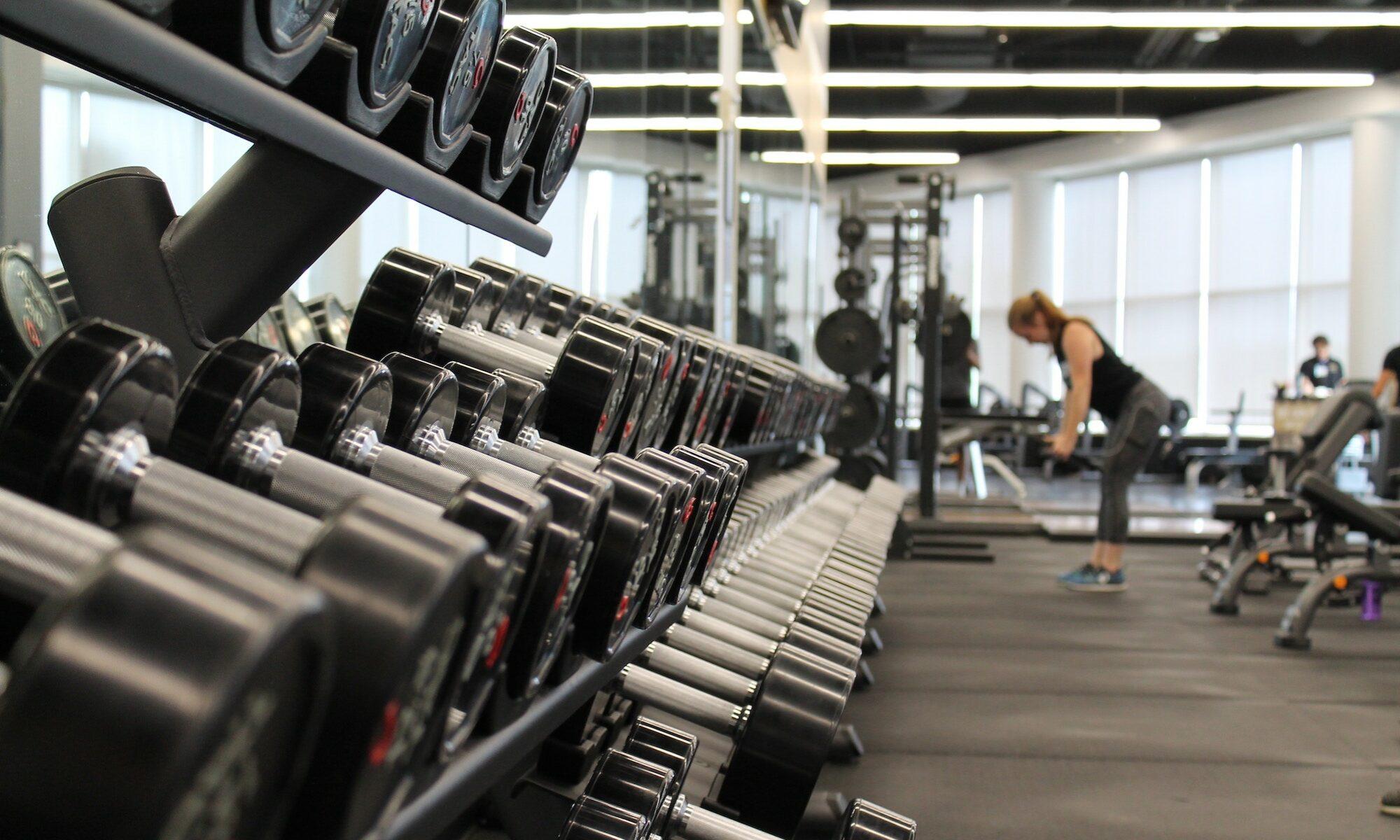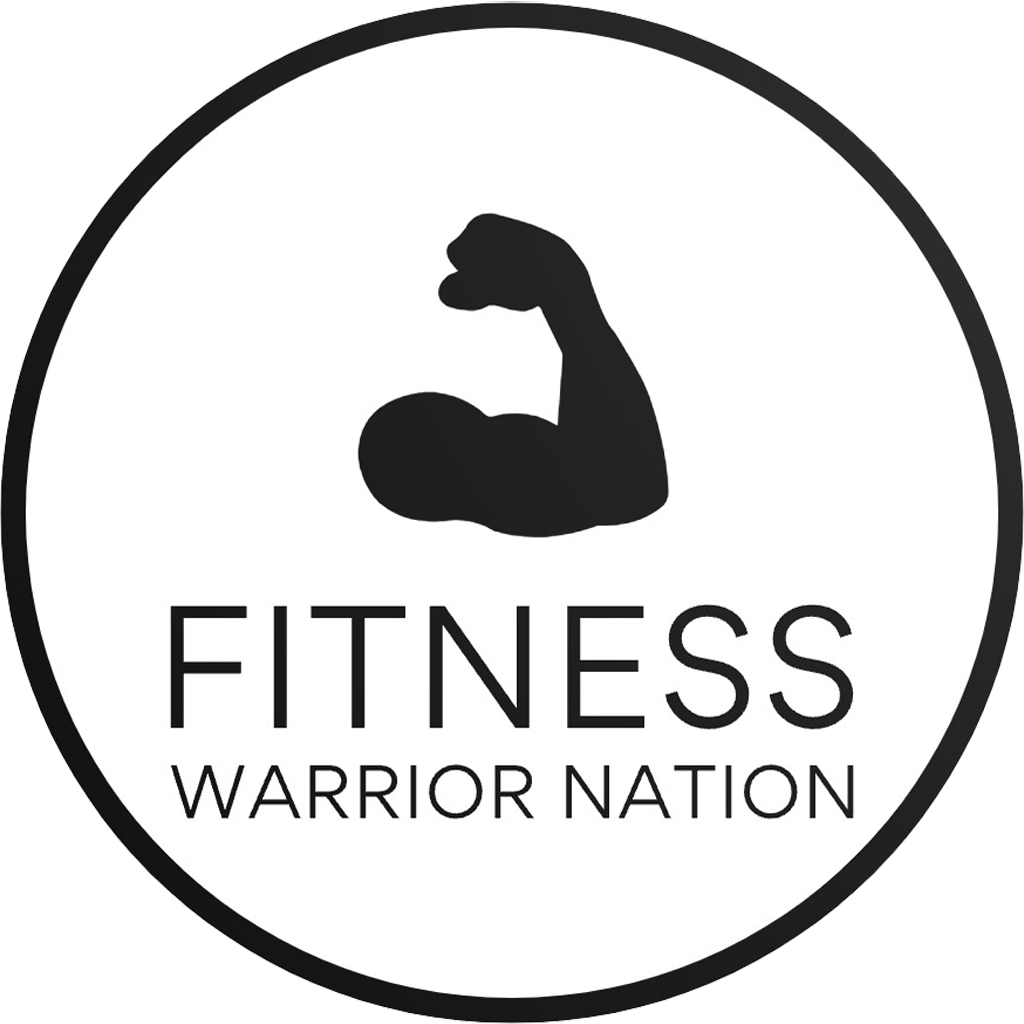In 2025, fitness enthusiasts and beginners alike are embracing evidence-based strategies to elevate their health and performance. The convergence of advanced technology, refined workout methodologies, and a growing understanding of how personalized fitness influences overall well-being is reshaping how we approach training. From smart wearable technology by Garmin and WHOOP to nutrition-tracking apps like MyFitnessPal, the science-backed tools available today are more sophisticated than ever. This article explores the top 10 science-backed fitness tips aimed at helping you train smarter, recover better, and maximize your results while maintaining motivation throughout the year. Delve into detailed, actionable advice that integrates the latest research with real-world applications.
Maximizing Workout Efficiency with Interval Training: Science-Backed Methods for 2025
With time becoming an increasingly precious commodity, the fitness world has turned emphatically toward workout efficiency. One of the most scientifically supported techniques gaining momentum is High-Intensity Interval Training (HIIT). Studies reveal that HIIT not only burns fat effectively but also boosts cardiovascular fitness in a shorter time frame compared to traditional steady-state cardio.
Elite athletes and brands like Under Armour and Adidas endorse interval training because it provides superior metabolic benefits while keeping sessions engaging. For example, a typical HIIT session might include 30 seconds of maximum effort sprinting followed by 90 seconds of walking, repeated for 20 minutes. This approach enhances both aerobic and anaerobic systems, strengthening your heart and muscular endurance simultaneously.
Examples of Science-Based Interval Workouts
- Tabata Protocol: 20 seconds of ultra-intense activity followed by 10 seconds of rest, repeated 8 times. Effective for explosive power and fat loss.
- Fartlek Training: A flexible form of interval running that blends continuous and interval training, offering adaptability across fitness levels.
- EMOM (Every Minute on the Minute): Perform a set number of reps at the start of each minute, resting for the remaining time.
Besides increased fat oxidation, HIIT workouts stimulate the production of human growth hormone (HGH), which aids muscle development and accelerates recovery. This is especially valuable for those balancing busy schedules but seeking maximum results.
When integrating HIIT, it’s essential to monitor your recovery using wearables like Fitbit or WHOOP bands. These devices provide insights into your heart rate variability (HRV) and sleep quality, helping you optimize workout timing. Pairing HIIT with the support of apps like MyFitnessPal allows for meticulous nutrition tracking that fuels high-performance sessions.
| Interval Training Type | Duration | Focus | Benefits |
|---|---|---|---|
| Tabata | 4 minutes | Power and Cardiovascular | Max fat burn, quick results |
| Fartlek | 20-60 minutes | Endurance and Speed | Flexible intensity, builds stamina |
| EMOM | 10-20 minutes | Strength and Conditioning | Time-efficient, builds muscular endurance |
For those starting late or coming back from a fitness hiatus, personalized HIIT programs can be found on platforms promoted by Peloton, helping maintain motivation along with measurable progress. Discover more about tailoring your fitness journey at Fitness Strategies for Late Starters.
Wearable Technology and Data-Driven Fitness: Tracking Progress and Recovery Like a Pro
The fitness revolution is heavily shaped by wearable tech, offering real-time data to optimize performance and prevent injury. Devices from brands like Garmin, Fitbit, and WHOOP are not just trendy gadgets—they are essential tools backed by research to maximize gains and minimize overtraining risks.
Modern fitness wearables monitor variables such as heart rate, sleep stages, blood oxygen levels, and even stress markers, providing a comprehensive view of your physiological status. This insight allows athletes and fitness lovers to personalize training loads intelligently and schedule effective recovery periods.
Practical Applications of Wearables in 2025 Workouts
- Heart Rate Zone Training: Use real-time feedback to stay within optimal zones for fat burning, endurance, or peak performance.
- Sleep Monitoring: Adjust training based on sleep quality to reduce injury risk and improve mental acuity.
- Recovery Scores: Platforms like WHOOP offer recovery assessments to know when you’re primed for a tough session or need rest.
This data-driven approach moves fitness beyond guesswork to a science-based realm, allowing you to fine-tune every variable. For instance, Garmin wearers can sync data with MyFitnessPal for cohesive nutrition and activity tracking. Apparel companies such as Puma are integrating sensor tech into workout gear, enhancing biometric feedback during exercise.
| Feature | Function | Benefits | Best For |
|---|---|---|---|
| Heart Rate Monitor | Tracks exercise intensity | Optimizes workouts, prevents burnout | Cardio and HIIT sessions |
| Sleep Tracking | Monitors sleep cycles | Improves recovery strategies | All athletes |
| GPS Tracking | Maps routes and pace | Useful for runners and cyclists | Outdoor enthusiasts |
| Recovery Score | Evaluates stress and readiness | Guides training decisions | Competitive athletes |
Looking to upgrade your gear and tech? Visit Tom’s Guide Awards 2025 Gadgets for the latest reviews and expert recommendations to find your ideal fitness companion.
Nutrition Strategies Aligned with Fitness Goals: What Science Recommends
Optimal fitness results demand nutrition that supports training demands, recovery, and metabolic health. The latest science emphasizes precision nutrition empowered by tools like MyFitnessPal that help tailor macro and micronutrient intake.
Sophisticated nutrition tracking shows how timing, hydration, and nutrient quality influence performance. Protein intake remains paramount for muscle synthesis, but emerging research highlights the role of anti-inflammatory foods and balanced carbs for sustained energy and reduced fatigue.
The Cornerstones of Science-Backed Nutrition for Fitness
- Protein Distribution: Consume 20-30 grams of quality protein every 3-4 hours to optimize muscle repair.
- Hydration and Electrolytes: Maintain fluid balance for muscular function and cognitive focus.
- Anti-Inflammatory Foods: Include sources of omega-3s, turmeric, and antioxidant-rich fruits to reduce exercise-induced inflammation.
- Carbohydrate Timing: Use complex carbs pre-workout and replenish glycogen with carbs post-workout for recovery.
The synergy of proper fuel and consistent training is exemplified by elite athletes who trust brands like Nike and Reebok for performance apparel that supports thermoregulation and comfort. Integrating these nutrition tactics with daily calorie and nutrient tracking can transform your fitness journey.
| Nutrition Aspect | Recommended Intake | Scientific Rationale | Example Foods |
|---|---|---|---|
| Protein | 1.6-2.2 g/kg body weight | Supports muscle repair and growth | Chicken, Greek yogurt, lentils |
| Carbohydrates | 3-5 g/kg body weight | Fuel energy for workouts | Oats, sweet potatoes, brown rice |
| Fats | 0.8-1 g/kg body weight | Supports cell function and hormone balance | Avocado, nuts, olive oil |
| Water | At least 3 liters per day | Maintains hydration and performance | Plain water, herbal teas |
For more inspiration on integrating pioneering nutrition tips with your fitness regime, explore Japanese Fitness Boost Life Expectancy and uncover dietary secrets based on longevity research.
Recovery Techniques to Amplify Fitness Gains: Scientific Approaches That Work
Recovery is the often-underestimated pillar of fitness that unlocks true progress. Contemporary research shows that strategic rest, sleep, and active recovery enhance muscle repair, reduce injury risk, and improve psychological readiness.
Traditional practices have evolved; recovery now involves data-informed protocols supported by technology. WHOOP’s recovery features, for example, tell you when your body is primed for maximal effort or needs low-impact activity.
Effective Recovery Strategies Backed by Studies
- Sleep Optimization: Aim for 7-9 hours of quality sleep; prioritize consistency and a dark, cool environment.
- Active Recovery: Engage in low-intensity movement like walking or yoga to facilitate blood flow and reduce muscle soreness.
- Compression and Cold Therapy: Utilize compression garments (from brands like Puma) and cold baths to reduce inflammation and expedite recovery.
- Mindfulness and Stress Reduction: Techniques such as meditation improve recovery by lowering cortisol levels.
Consistently applying recovery principles allows you to sustain growth and avoid plateaus. Garmin and Fitbit users benefit from sleep and stress monitoring to tailor their routines accordingly.
| Recovery Method | Mechanism | Benefits | Suggested Frequency |
|---|---|---|---|
| Sleep | Hormonal regulation and tissue repair | Improves performance and mood | Daily |
| Active Recovery | Promotes circulation | Reduces soreness and stiffness | 2-3 times per week |
| Compression Therapy | Limits swelling | Faster recovery post-exercise | As needed after workouts |
| Mindfulness | Reduces Cortisol | Enhances mental focus | Daily or weekly |
Enhance your recovery routine by learning new fitness trends at New Fitness Trend Tips and incorporate these scientifically-proven tactics confidently.
Goal Setting and Motivation: Psychological Hacks to Stay Consistent Year-Round
Fitness is as much a mental challenge as it is physical. Goal-setting backed by psychological research helps overcome barriers and sustain motivation long-term. Brands like Nike and Adidas excel at motivating through storytelling and community-building, showing that mindset is critical for lasting success.
Scientific studies suggest that breaking goals into achievable milestones, tracking progress, and celebrating small wins increases adherence to fitness plans. Digital communities and fitness apps like Peloton provide social accountability, which significantly boosts consistency.
Actionable Motivation Tips for a Successful Fitness Journey
- Set SMART Goals: Specific, Measurable, Achievable, Relevant, Time-bound goals keep you focused and realistic.
- Track Progress Daily: Use apps like MyFitnessPal and wearable devices to review metrics and celebrate improvements.
- Engage with Community: Join groups on platforms such as Strava to connect and compete with like-minded individuals.
- Reward Milestones: Reinforce progress with non-food rewards, like new Under Armour gear or fitness accessories.
Accountability partners and group challenges also amplify motivation levels. Research identifies that people who exercise with friends or in groups tend to show greater adherence and enthusiasm.
| Motivation Strategy | Benefits | Tools or Examples |
|---|---|---|
| SMART Goals | Improves focus and goal achievement | Fitness journaling or apps like MyFitnessPal |
| Daily Progress Tracking | Builds habits through feedback | Garmin smartwatch or Fitbit tracker |
| Community Engagement | Offers social support and friendly competition | Strava groups or Peloton challenges |
| Reward Systems | Reinforces positive behavior | Buying Adidas sneakers for milestones |
Explore motivational strategies that fit your unique lifestyle at Assess & Enhance Fitness Levels for personalized insights that elevate your commitment.


